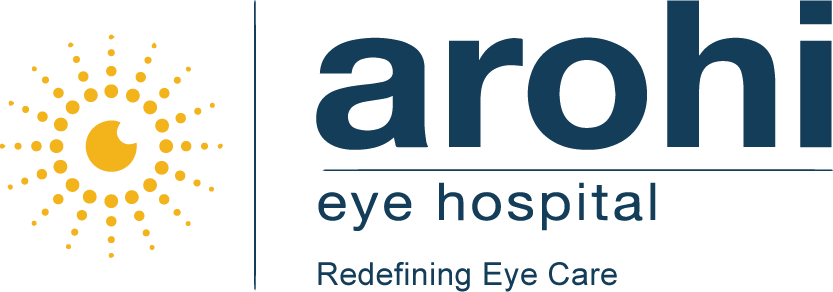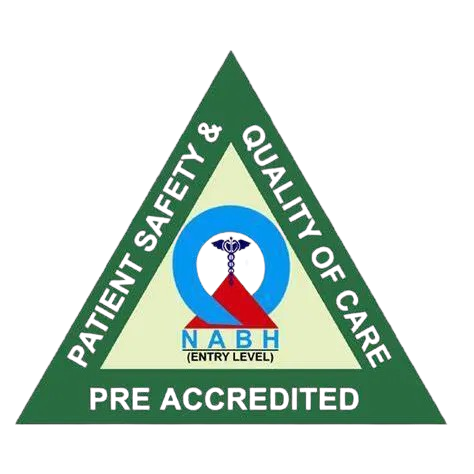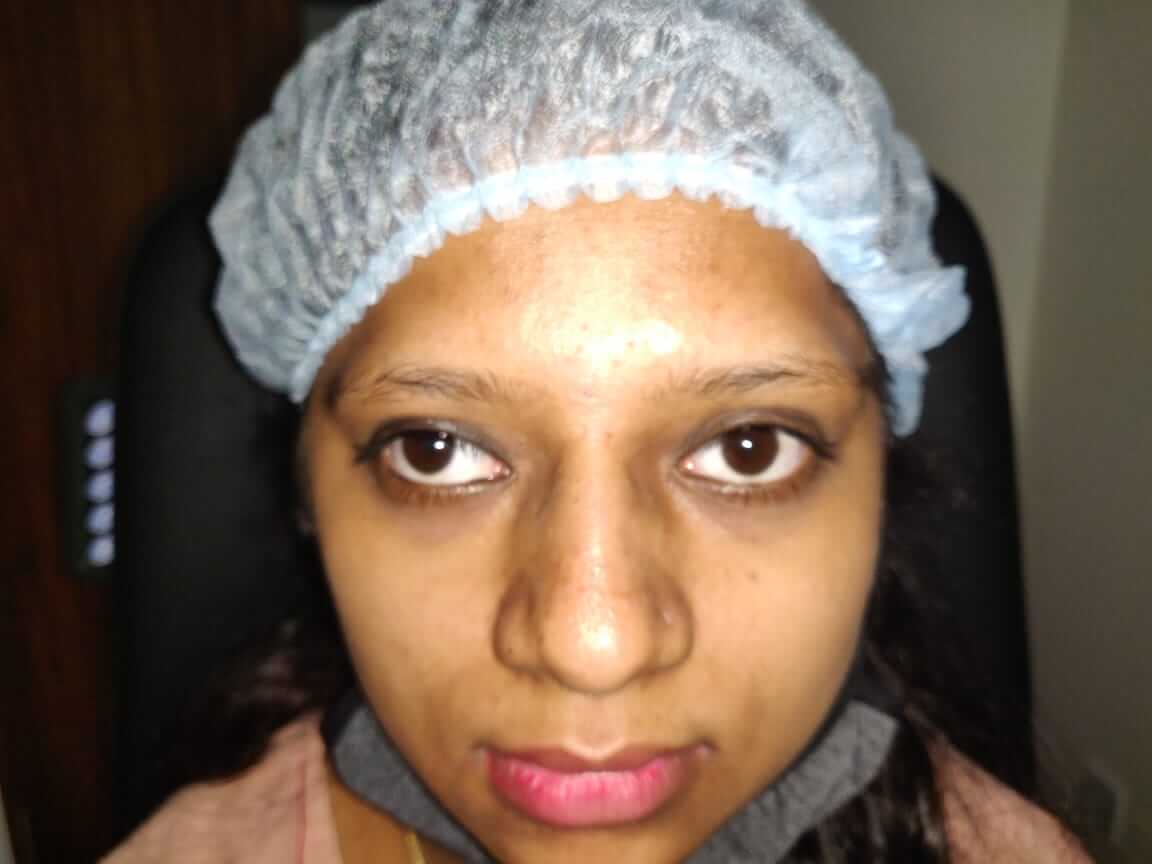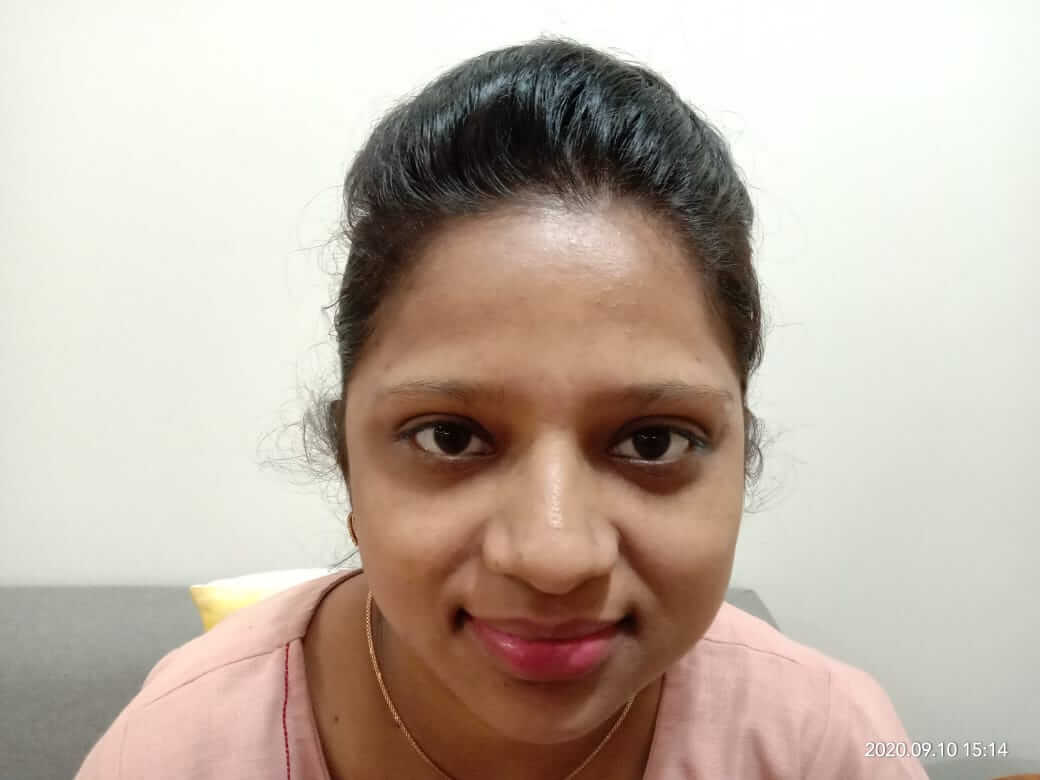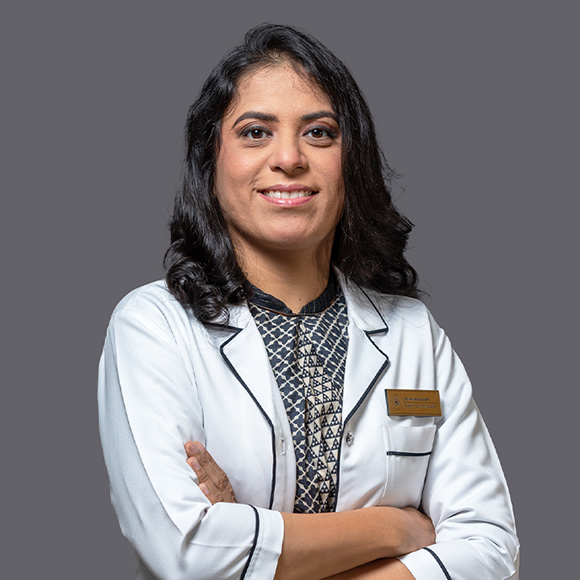FREQUENTLY ASKED QUESTIONS ABOUT SQUINT SURGERY
What is Strabismus?
Strabismus is a condition in which the eyes are not properly aligned and point in different directions. This can lead to double vision, depth perception issues, and sometimes even amblyopia or lazy eye.
What should I expect during the consultation with my eye surgeon?
During your consultation with your eye surgeon, you can expect a comprehensive examination of your eyes to assess your vision and determine the best course of treatment for your specific needs. Your surgeon may also ask about your medical history and medications to ensure the safest and most effective treatment plan.
What is the age limit for squint surgery?
Squint surgery can be done at any age, but for the best visual results and long-term stability, it’s recommended to have the surgery before the age of 6.
What is Squint Surgery?
Squint surgery, also known as strabismus surgery, is a surgical procedure to correct misaligned eyes. During the surgery, the eye muscles are adjusted to improve eye alignment and coordination. This can improve vision and depth perception.
Is squint eye surgery painful?
Squint eye surgery may cause some level of discomfort and soreness, which is typical of any surgical procedure. While discomfort and soreness are expected for a few days following the surgery, painkillers and eyedrops can help manage the pain and promote healing.
How is Squint Surgery performed?
Squint surgery is usually performed by a squint eye specialist under general anesthesia and involves adjusting the position of the eye muscles to correct the misalignment. The surgeon makes small incisions in the eye tissue and uses specialized instruments to reposition the muscles.
What is the recovery process like after squint surgery?
To ensure proper healing, it’s advisable to avoid swimming and contact sports for 2 to 3 weeks, although most people can resume exercise and sports after a week following strabismus surgery.
Does squint return after surgery?
It is possible. While surgery can align the eyes, the effects may not be permanent for some patients, and they may require another surgery if their eyes drift again.
How can I fix squint eyes naturally?
Eye exercises can help improve the alignment of your eyes. Try holding a pencil at arm’s length, focusing on the eraser, and slowly moving it toward your nose while keeping it in focus. Stop once your vision gets blurry. Repeat daily for best results.
Can you live with a squint?
Yes, you can live with a squint, but it depends on the severity and how it affects your daily life. If left untreated in childhood, it can lead to a lazy eye and vision loss in the affected eye. However, if your vision in the other eye is good, it’s unlikely to cause a disability.
What are the Consequences of Untreated Squint?
Untreated squint can cause vision problems, depth perception issues, and even permanent vision loss in severe cases.
How do you prevent Squint?
Squinting can be prevented by wearing sunglasses or corrective lenses to reduce glare and strain on the eyes. You can also ensure proper lighting when reading or using electronic devices to avoid straining your eyes. Regular eye check-ups can help detect any vision problems early on and prevent squinting.
Which doctor should I consult for squint?
Look for a trained and certified Ophthalmology Surgeon or an Ophthalmologist who is exceptional in their field of interest and has years of experience performing Strabismus surgery. You can also do a quick search online by searching for “squint eye specialist near me” or “squint specialist near me” on Google and choose according to your preference.
Who needs Squint Surgery?
Squint Surgery is a viable approach for patients with misaligned eyeballs, which is caused by eye muscle issues, as long as they don’t have high blood pressure. Prior to undergoing surgery, it is important to consult with the Best Squint Surgeon in Mumbai, who can thoroughly evaluate your eye health and medical history to determine if you’re eligible.
What is the cost of squint eye surgery in India?
Squint eye surgery cost in India can typically be between Rs. 30,000 and 1 lakh. The strabismus eye surgery cost may vary depending on various factors like location, the technology used, number of eye muscles being treated and many more.
